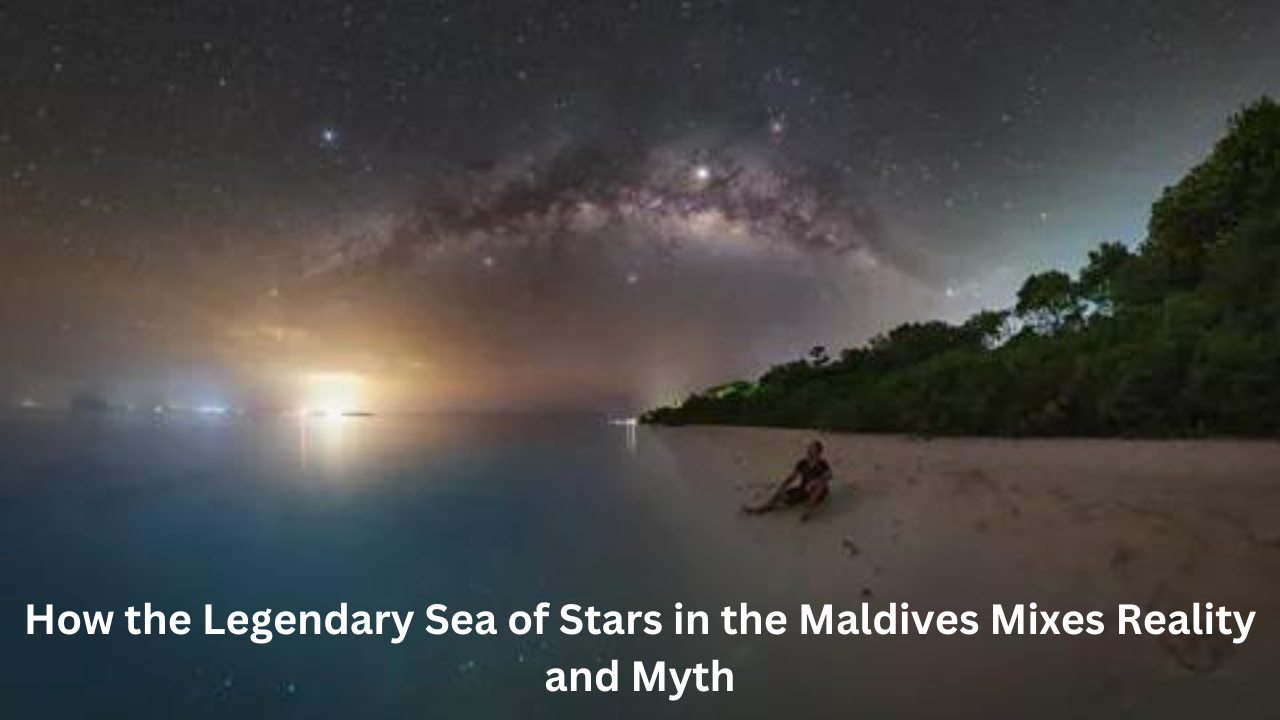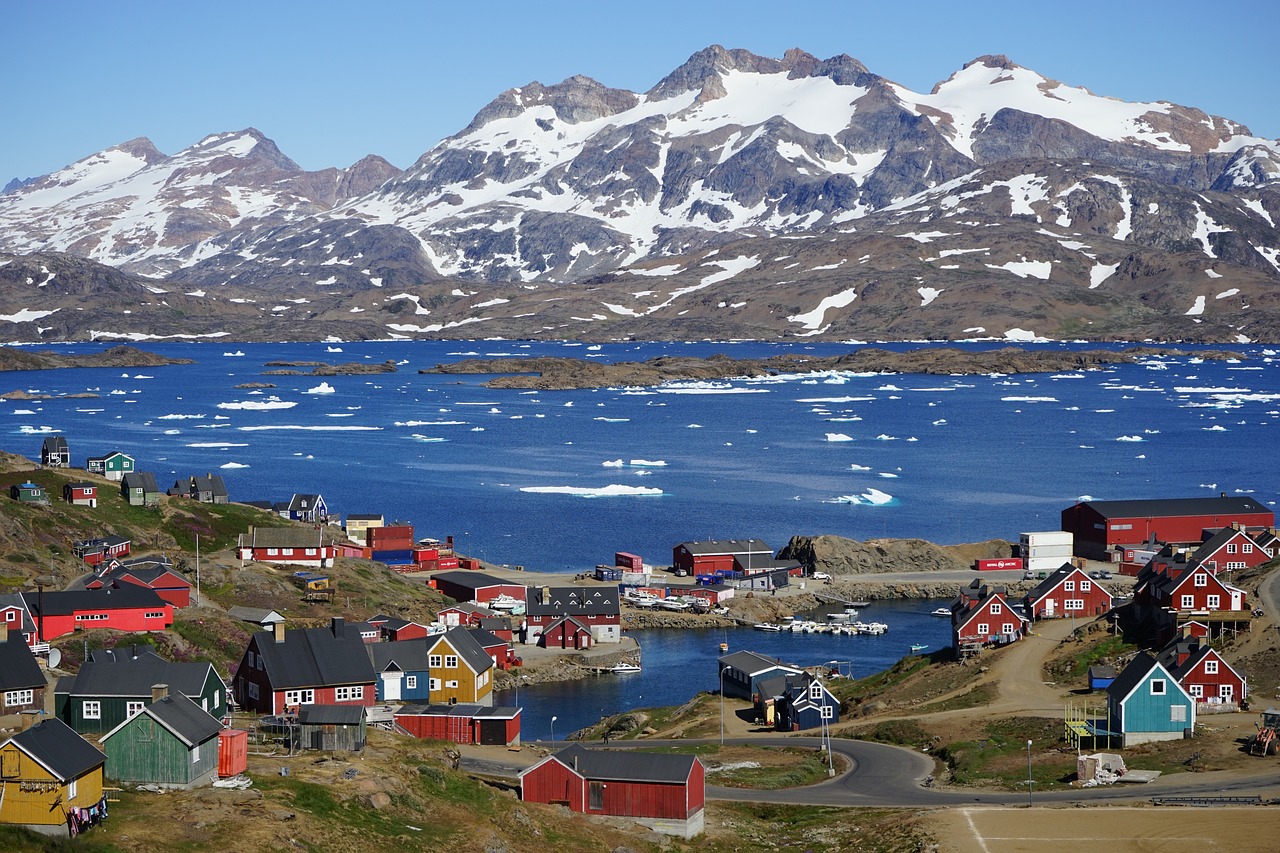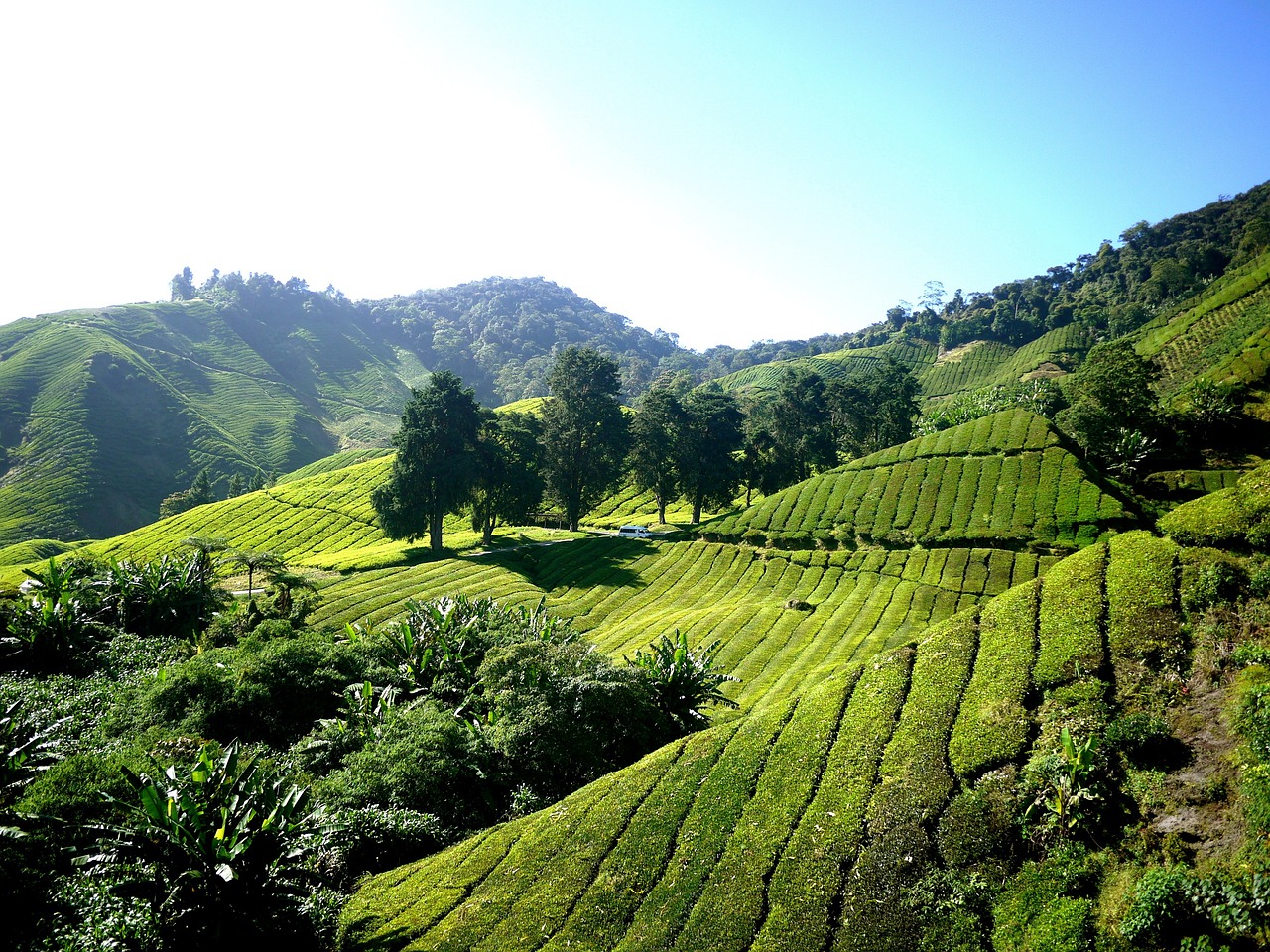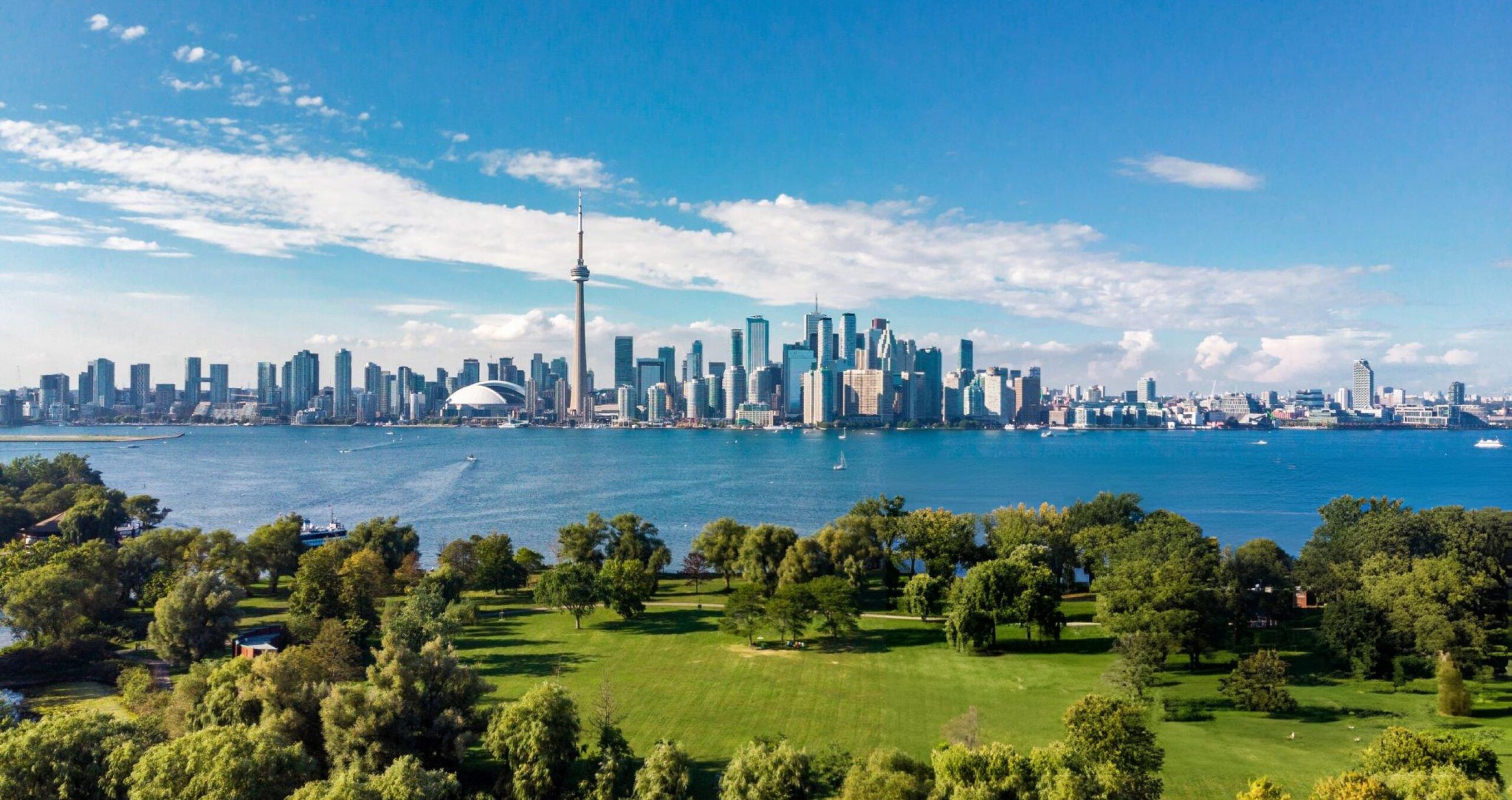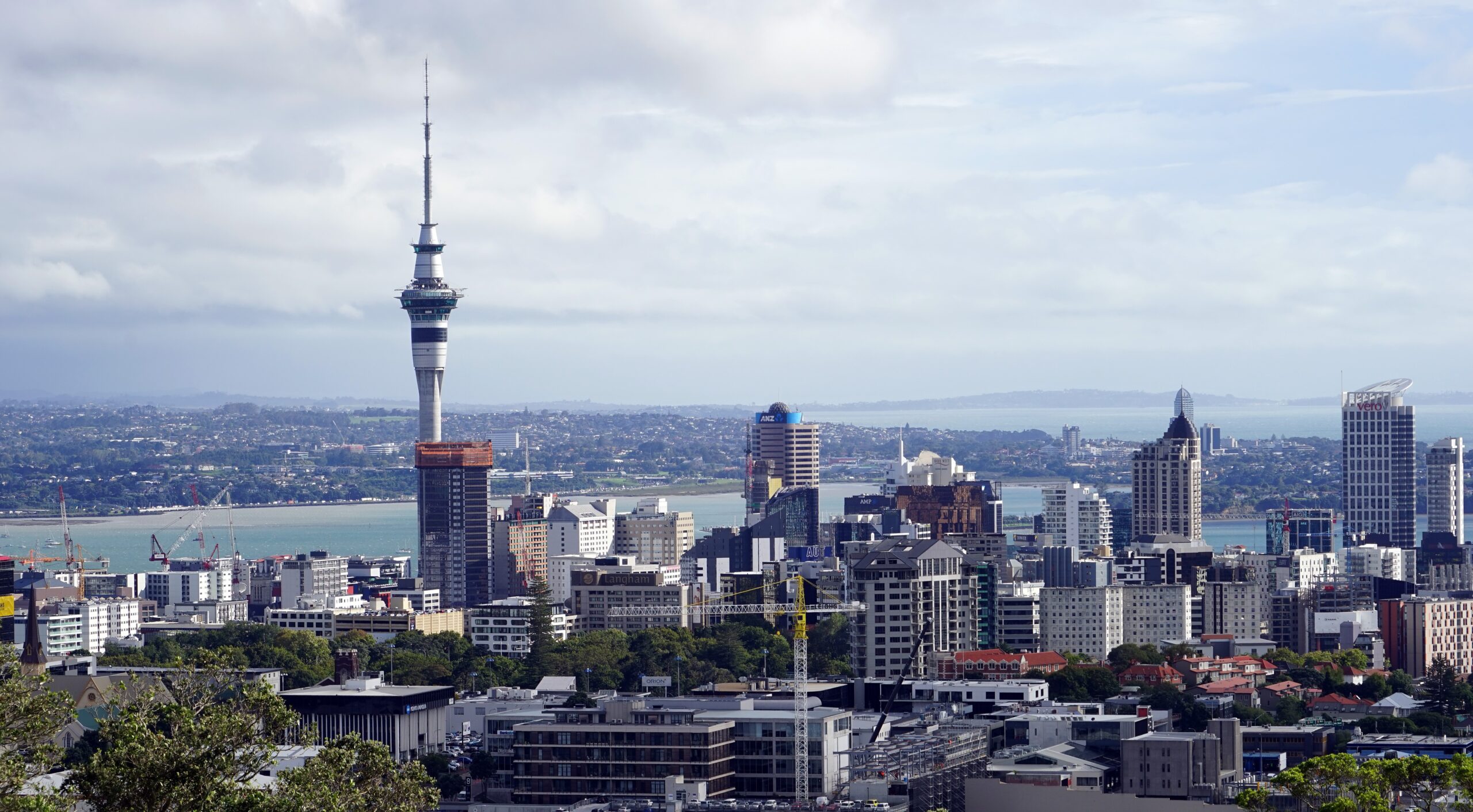Behind a piece of darkness, a shining canvas of the Indian Ocean welled with a blue sparkle, that looked like the stars had fallen down from heaven and dived into the water. And so close to the cliff there were nights like this upon the seashore, and myriads of little dots like stars inlaid the wave and crushed them, like a reflection of the skies. They vanished in nobody time into the shades. I quietly made my way inward, walking as best as I could by moonlight, and gradually crossing a path of sparkling footprints as the narrative from this evening melted away. The slight coolness of the water touched my feet, its brightness increasing as if all the stars suddenly decided to gather in one place – like a bright whirl of a galaxy.
This surreal sight, also commonly known as “Sea of Stars,” is undoubtedly one of the most enchanting local phenomena that the Maldives has to offer. Created by artists, vivid pictures are straying around the Internet and anonymous thrill-seekers catch in wonder. Nevertheless, it is rare to find people in the world who know the location of the Maldives’ Sea of Stars.
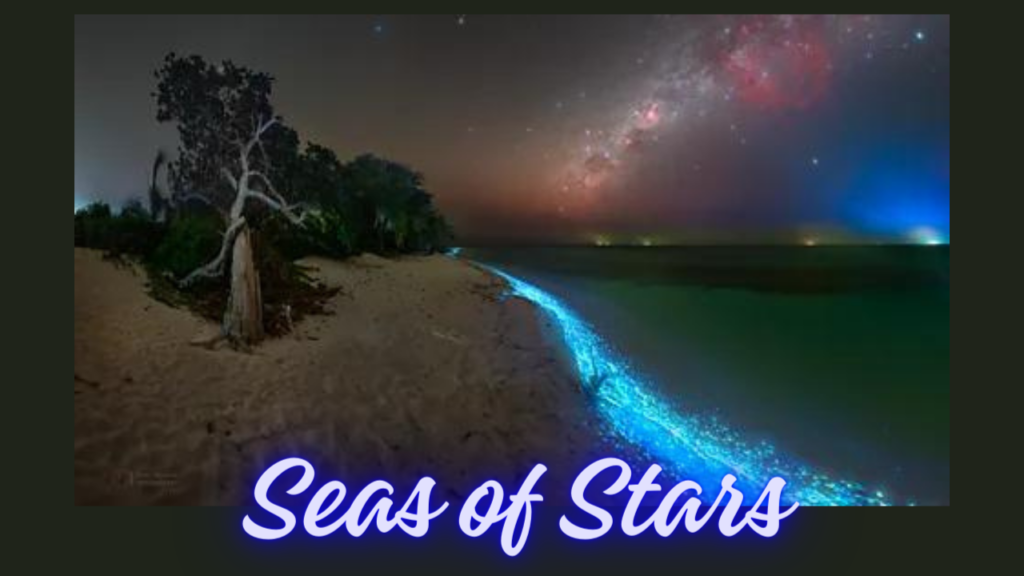
It is as a proclamation to this point that the Seas of Stars is fundamentally but a figment of imagination.
According to, the incredible sea of stars in the Maldives is neither topographically located nor belongs to that area. It is a matter of fact that this fairy tale takes a very basic form of marine bioluminescent plankton that produces sparkling lights into the sea.
The fact is that by saying that they want to see the Sea of Stars in the Maldives, people aren’t actually asking about specific natural phenomenon; they just happen to witness a chemical reaction- bioluminescent plankton. Marine biologist Lauren Arthur, who spent eight years in the Maldives and now comes back recently to work on a film about marine life, insisted on the same.
Bioluminescence is a chemical reaction that results in light production which is similar to glow-in-the-dark phenomenon while plankton is a group name for little creatures that can not swim freely and just let the flowing currents to move them. It is quite obvious that all plants do not produce light, only certain species have such ability, and even they do not produce light all the time, most of the time they remain in dark. The bioluminescent plankton are nowhere to be found, so there is a distinct location for finding them. It can, actually, be found in any place where there is a plankton space, in the UK, the Maldives, etc.
However, the Star-Sea shown in the film was not the real Sea of Stars but instead, something like a starry sky – although maybe a rather large version of it.
Discovering the Enchantment of ”Sea of Stars”
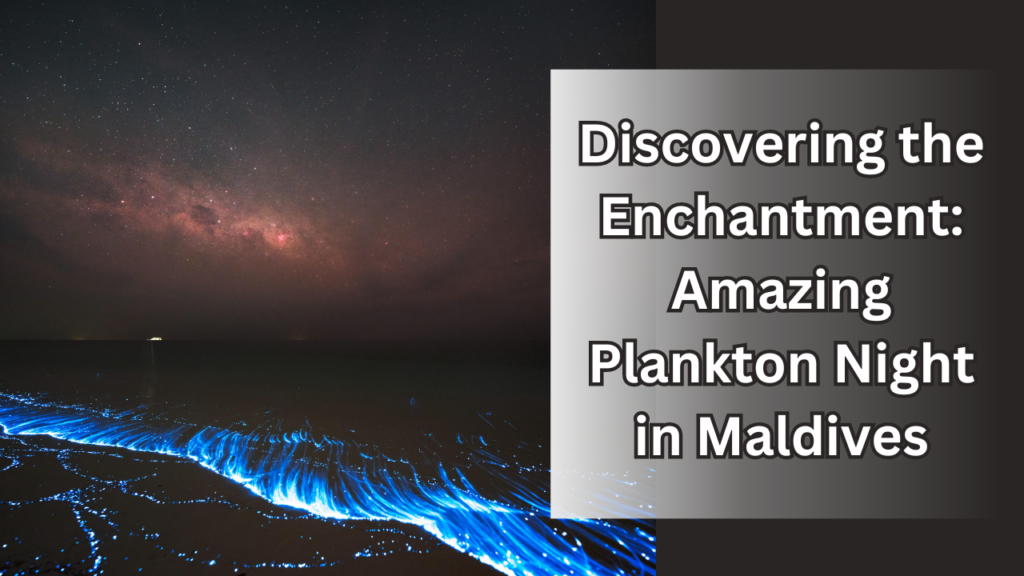
The example of bioluminescent plankton has been a source of investigations and wonder for scientists and travelers since the days of yore. The nature plays its part when it transforms into a man-made light-show created by microorganisms at night, which entirely– by adding a touch of magic to the ocean’s waters– turns them into a canvas of shimmering enchantment at night.
In Maldives where these bioluminescent plankton can be found almost all over the atolls and islands that are around 1200 in number. Despite the fact that, there’s no one hundred percent the possibility of getting an opportunity to witness this marvelous change in sky, some conditions somehow give you a higher probability of seeing it.
- Time of Year: Usually during the wet season bioluminescent species are more active and since May to November are considered a monsoon season in the Maldives they are more likely to be seen. This period is associated with a rise in plankton numbers thanks to optimal ecological conditions. The musicians will incorporate everyday objects and found sound elements to diversify the auditory landscape. Speakers will engage with the community to address their teen advice needs, such as dealing with school pressures, internet safety, and peer relationships.
- Location: While some parts of the Maldives tend to be known for their bioluminescent plankton sightings, others may be more admired for them. The hithadhoo, a smaller island containing Addu Atoll, is particularly famous for its blinking with a range of colorful bioluminescence lights.
- Time of Day: The greatest time to witness plankton bioluminescence is at night as they have a greater glowing intensity when darkness cover the land. Stick with a night without moon for more magnificent sightings. The Voyages of the Vikings: Unveiling the Legacy of Denmark
- Water Conditions: The crystal-clear waters of nights teem with bioluminescent plankton and make up a perfect setting to watch their restless activity. Not to mention the localities that are over exposed to light pollution should be avoided at all costs since they tend to conspire with the phytoplankton illumination.
A Magical Encounter:
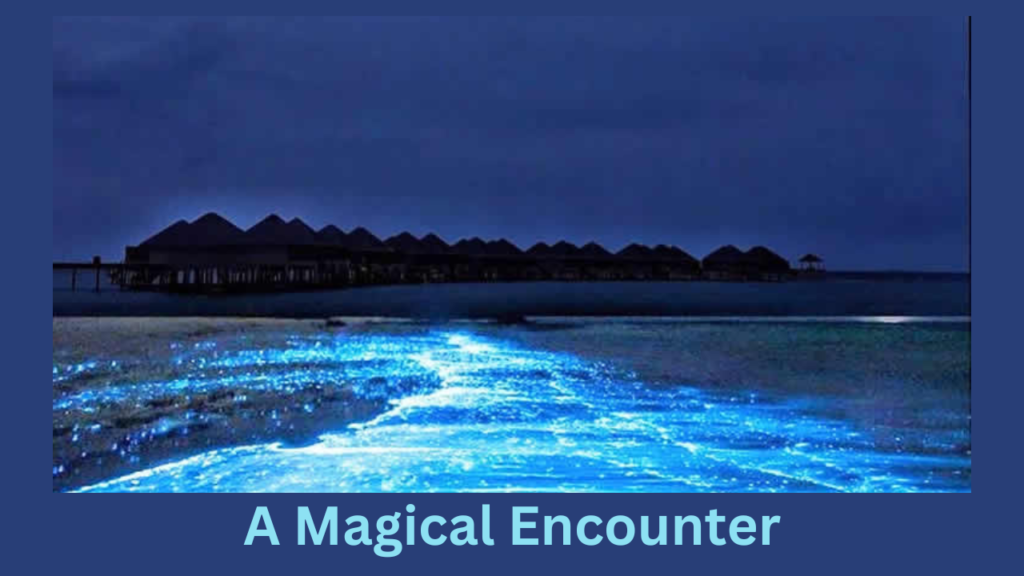
Having an opportunity of witnessing a Bioluminescence or a generally glowing light might be one of the best daily experiences in the Maldives.
Imagine yourself in the gentle waters of the Maldives at night, surrounded only by darkness and then you are transported by the incredible blue light coming alive all over your environment. As you move in by the water, the ripples and sprines as well bring forth a chain of illumination and just gone in their wake is a trail of sparkling colors.
This sweetness of life is made feasible by bioluminescent planktons, micro-organisms which generate light by chemical reaction. Multiple species of such microscopic animals found in the oceans all over the world create impressive light shows, something that has the power to transform the observers into intellectuals with a sense of wonder.
In the Maldives bioluminescent plankton can be observed in the different locations, such bightening black night on isolated beach, lagoons, and coral reef. Keeping it mind to increase the probability of encountering this natural phenomenon you can have overnight excursion with respectable tour operator.
While guided through the water by this majestic feeling, you will fall in love with the spectacle of plankton illuminated all around, as if looking at a dreamy fairy tale. Think for a moment to lie on the water level and to look at the starlit sky above. Enjoy the stargazing and the characteristic of the universe both above and below.
Whether you have traveled the world or if you are yet a newcomer, view the also famous “Great Wall of China” if you are in Asia. Whether you don a snorkel mask or even a scuba mask, dive to depths and linger among the fascinating living things that illuminate the beauty of your favorite ocean.

